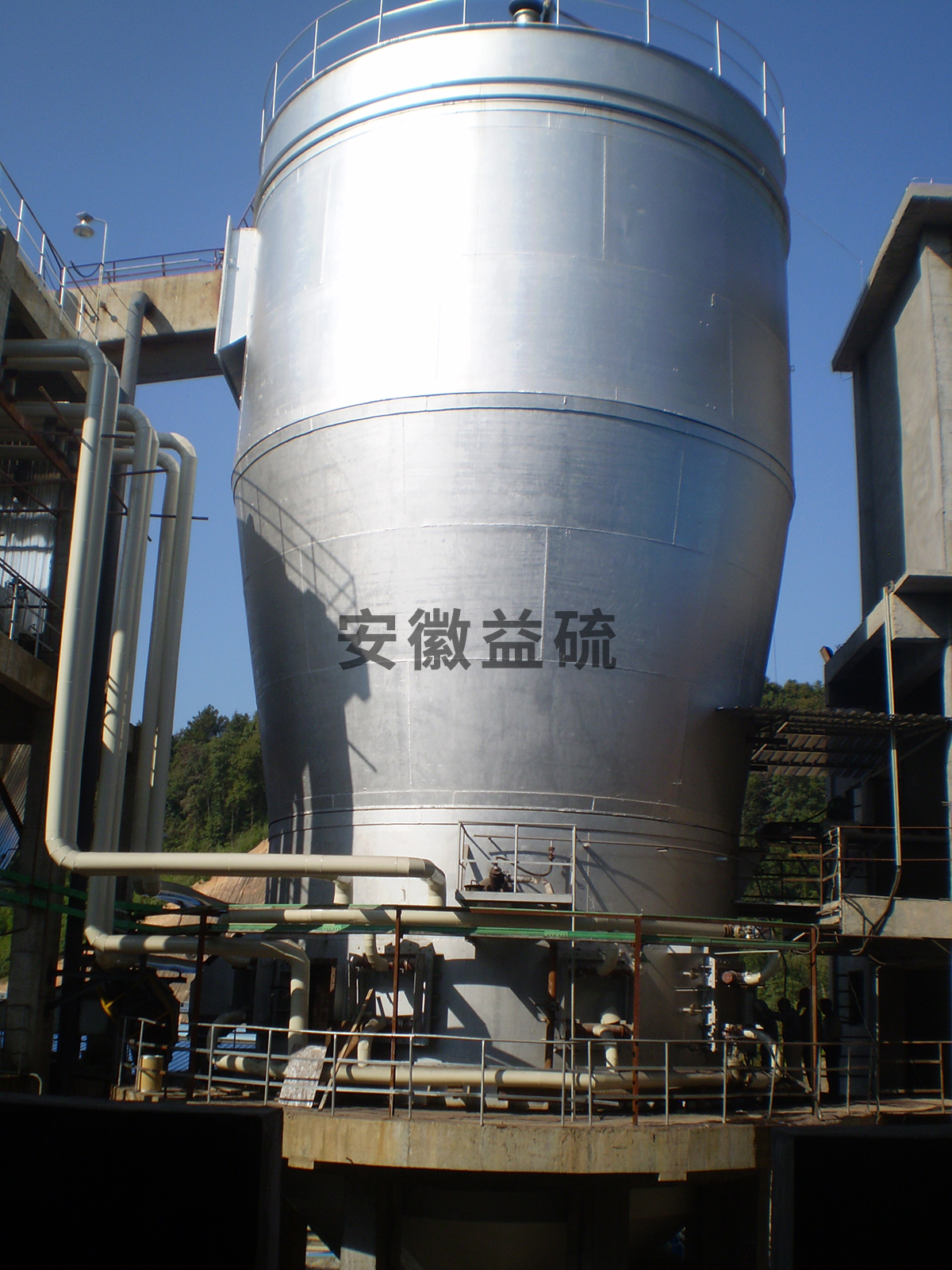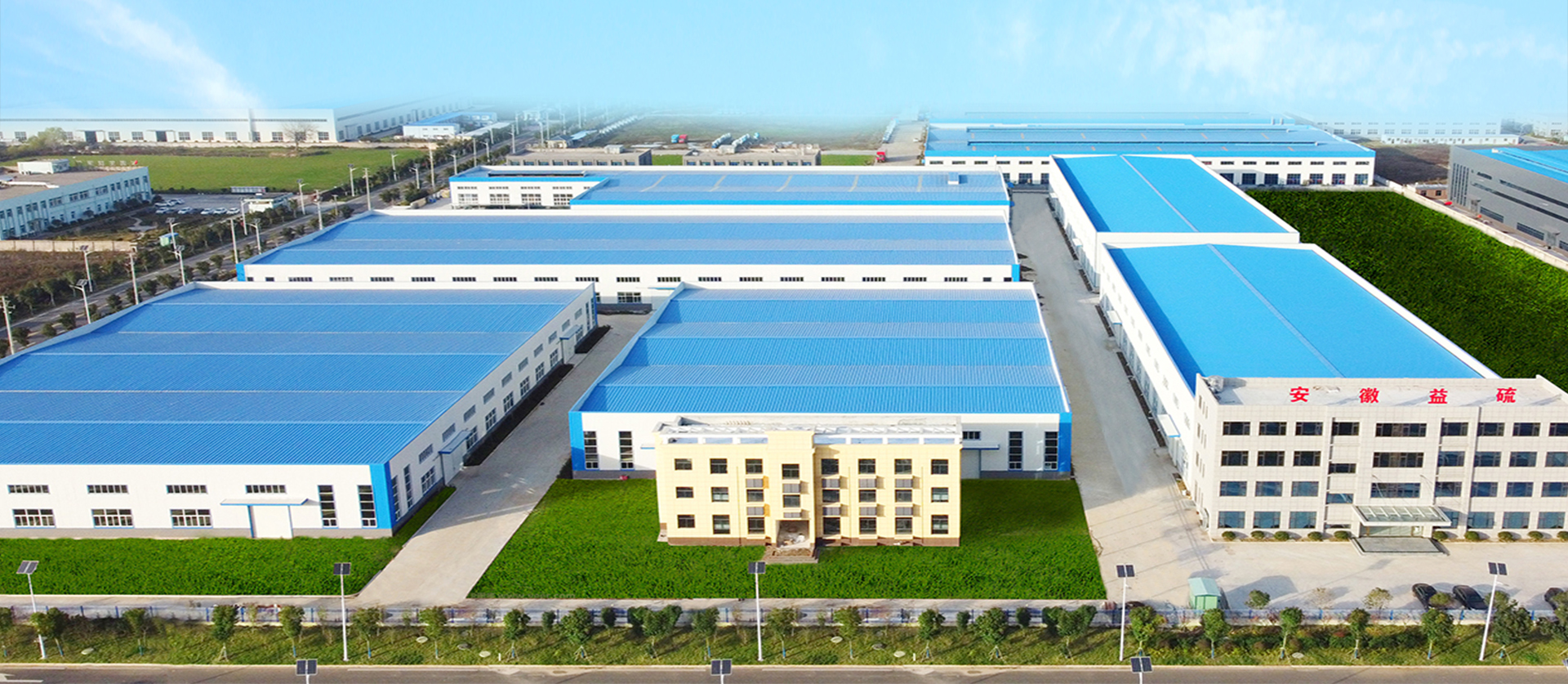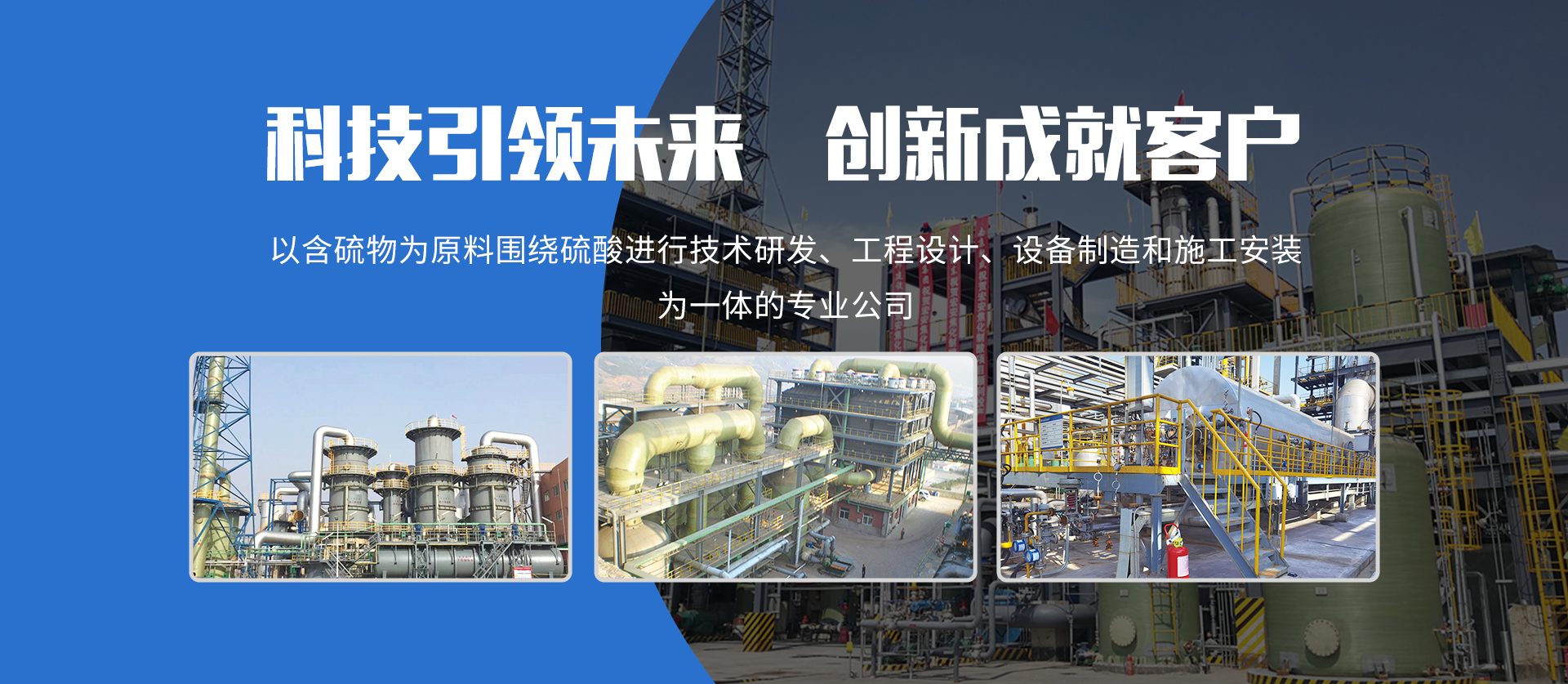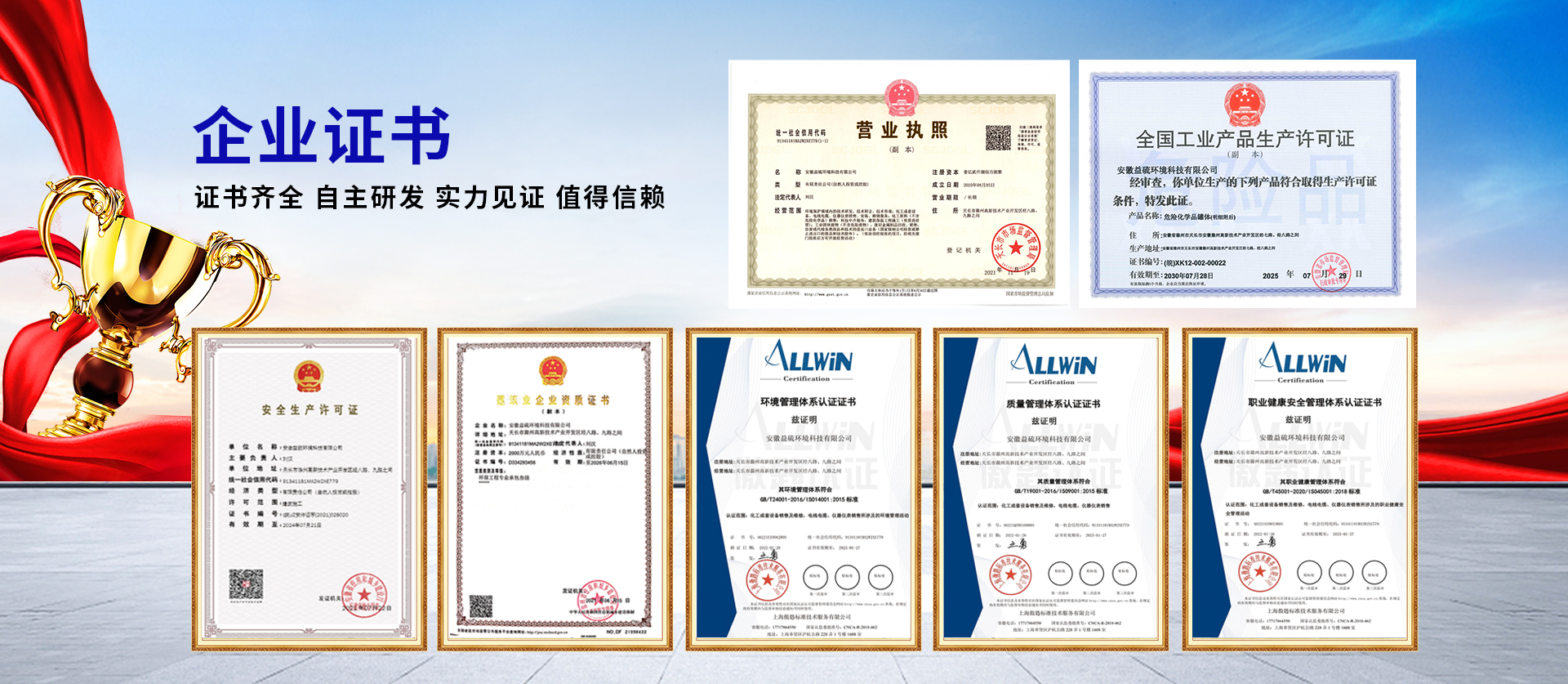Fluidized bed furnace

Fluidized bed furnace
Boiling furnace is one of the core equipment in the sulfuric acid industry, also known as boiling roasting furnace or fluidized bed roasting furnace. It is a device that uses solid fluidized bed technology to roast sulfide ore. The roasting process releases reaction heat and produces gas containing sulfur dioxide, which is mainly used to produce sulfuric acid, while slag is used as a metallurgical raw material.
The boiling roasting furnace body is composed of a steel shell lined with insulation bricks and then lined with fire-resistant bricks. To prevent condensation acid corrosion, there is an insulation layer on the outside of the steel shell. The lowest part of the furnace is the air chamber, which is equipped with an air inlet pipe and an air distribution plate above it. On the air distribution board is a refractory concrete furnace bed, with many air caps buried with small holes on the sides. The middle of the furnace is an upward expanding cone, and the cross-sectional area of the upper roasting space is larger than that of the boiling layer to reduce the blowing out of solid particles. The boiling layer is equipped with cooling pipes for waste heat boilers, and the furnace body is also equipped with feeding ports, slag overflow ports, furnace gas outlets, secondary air inlets, ignition ports, and other connecting pipes. The furnace top has explosion-proof holes.
Boiling furnaces are mainly divided into two types: straight tube furnaces and upper expansion furnaces: ① straight tube furnaces. Mostly used for roasting non-ferrous metal concentrates, with low roasting intensity, the upper part of the furnace does not expand or slightly expands, and the appearance is basically cylindrical. ② Upper enlarged furnace. In the early days, it was used for roasting crushed lump ore (pyrite extracted as raw material for sulfuric acid production, mostly in block form, commonly referred to as lump ore). Later on, it was developed for the roasting of various flotation ores (including non-ferrous metal flotation concentrates, tailings of sulfur-containing iron ore produced during beneficiation, and sulfur concentrates obtained through flotation to improve the grade of pyrite, all of which have small particle sizes), with high roasting intensity.
The boiling process is closely related to factors such as the particle size of raw materials in the furnace, gas flow velocity, roasting intensity, bed height, and gas distribution.
Particle size of raw materials. The boiling of the material layer in the boiling furnace is first related to the condition of the raw materials. The critical flow rate at which small particles start boiling is low and easy to fluidized, while larger particles only fluidized when the air flow is sufficiently high. The basic relationship between the particle size inside the furnace and the particle size of the raw materials generally increases with the increase of the average particle size of the raw materials entering the furnace, and increases with the increase of the particle size distribution range. Therefore, in order to obtain a stable boiling condition within a certain range, it is very important to control the stability of the raw material particle size.
Airflow velocity. The main factor determining whether a fixed bed will become a fluidized bed is the airflow velocity. Under different material layer conditions, how much wind speed can make the material layer start boiling, how much wind speed can make the furnace operate normally, and how much air volume and pressure of the air supply fan are needed during operation are closely related to the critical flow velocity and fluid resistance of the fluidized bed.
Baking strength. The roasting strength of a boiling furnace is an important indicator for measuring production capacity.
Bed height. The height of the fluidized bed layer includes the height of the boiling layer and the height of the separation space.
Gas distributor. Gas distribution devices are crucial for ensuring fluidization quality, increasing gas-solid contact, and preventing material retention. The most important reason why the distributor can evenly distribute gas, create a good initial fluidization condition, and maintain long-term stability is that it has a certain resistance or pressure drop on the passing fluid. Only when this resistance is large enough to overcome the free distribution of unstable gas flow, can it continue to maintain good initial fluidization conditions for a long time. The pressure drop of the distributor is mainly determined by the aperture ratio. Under the same conditions, increasing the pressure drop of the distributor or reducing the porosity can generally improve its air distribution and stability performance.
Our company produces boiling furnaces with a capacity of 20000 to 500000 tons/year for sulfuric acid production from pyrite.




